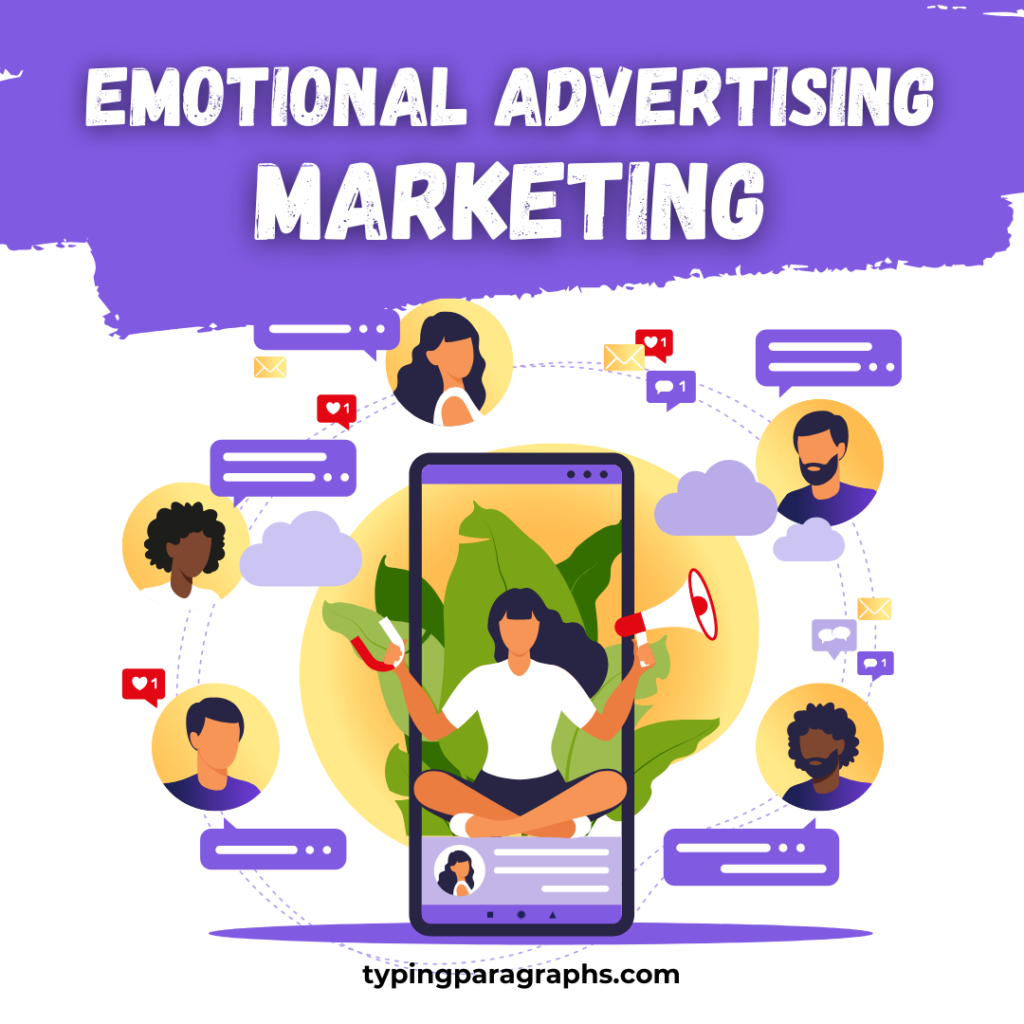Emotional Advertising: Connecting Brands with Audiences

You can copy this text, paste it into Notepad, save it, Check out
Emotion is a potent force in advertising, capable of captivating audiences, shaping perceptions, and driving consumer behaviour. From heartwarming narratives to humorous anecdotes, advertisers have long recognized the ability of emotions to evoke powerful responses and forge deep connections with their target audience. In this comprehensive guide, we will explore the significance of emotion in advertising, examine its impact on consumer behaviour, and discuss strategies for harnessing the power of emotion to create compelling ad campaigns.
At its core, emotion is a fundamental aspect of human experience, influencing how we perceive, interpret, and respond to the world around us. In the context of advertising, emotions serve as a bridge between brands and consumers, allowing advertisers to tap into universal feelings and desires that resonate with their audience on a personal level. Whether it’s joy, sadness, fear, anger, or surprise, emotions have the power to capture attention, evoke empathy, and elicit action, making them invaluable tools for advertisers seeking to engage with their audience and drive desired outcomes.
One of the key reasons why emotion is so effective in advertising is its ability to create memorable and impactful experiences for viewers. Research has shown that emotional ads are more likely to be remembered and shared than purely rational or informational ads, leading to higher levels of brand recall and engagement. By eliciting emotional responses such as laughter, nostalgia, or inspiration, advertisers can leave a lasting impression on their audience, increasing the likelihood that they will remember the ad and take action, such as making a purchase or sharing the content with others.
Moreover, emotions play a crucial role in shaping consumer perceptions and attitudes towards brands. Positive emotions such as happiness, love, and excitement can enhance brand likability and foster positive associations with the brand. In contrast, negative emotions such as fear or anger can create a sense of urgency or motivate consumers to take action. By aligning their advertising messages with the feelings that resonate most strongly with their target audience, advertisers can influence how consumers perceive their brand and influence their decision-making process.
Emotional advertising also has the power to build deeper connections and foster brand loyalty among consumers. When brands are able to evoke genuine emotions and connect with their audience on a personal level, they can create a sense of empathy and trust that goes beyond the transactional relationship. By telling authentic stories, demonstrating empathy, and aligning with values that resonate with their audience, brands can build meaningful connections that lead to long-term loyalty and advocacy.
In order to effectively harness the power of emotion in advertising, advertisers must first understand their target audience and the feelings that are most relevant and impactful to them. This requires conducting thorough market research, analyzing audience demographics and psychographics, and identifying key insights into their attitudes, values, and behaviours. Armed with this knowledge, advertisers can develop ad campaigns that are tailored to evoke specific emotions and resonate with their audience on a deeper level.
Additionally, advertisers should strive to create authentic and genuine emotional experiences in their advertising, avoiding the temptation to manipulate or exploit emotions for short-term gain. Audiences are increasingly savvy and discerning, and they can quickly spot insincerity or inauthenticity in advertising. By focusing on telling compelling stories, delivering value, and genuinely connecting with their audience, advertisers can build trust and credibility with their audience, leading to stronger brand relationships and increased loyalty over time.
In conclusion, emotion is a powerful tool in advertising, capable of capturing attention, shaping perceptions, and driving consumer behaviour. By tapping into universal emotions and creating authentic emotional experiences, advertisers can create compelling ad campaigns that resonate with their audience on a personal level, leading to increased engagement, brand loyalty, and, ultimately, business success. As brands continue to compete for consumers’ attention in an increasingly cluttered and competitive marketplace, those who are able to harness the power of emotion in their advertising will be better positioned to stand out, connect with their audience, and drive meaningful results.
- Image showcasing emotional storytelling in advertising
- Infographic illustrating the effects of emotion on consumer behavior
- Visual representation of brands connecting emotionally with audiences
- Chart depicting emotional ad effectiveness compared to rational ads
- Diagram highlighting key emotions used in successful advertising campaigns

